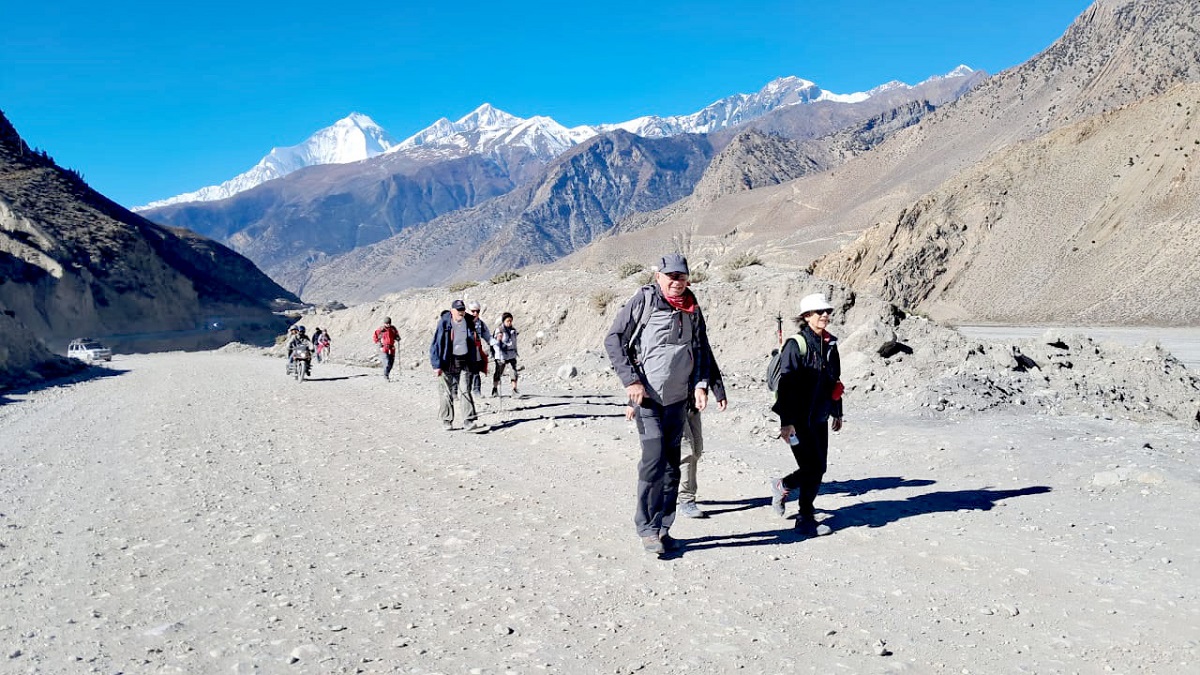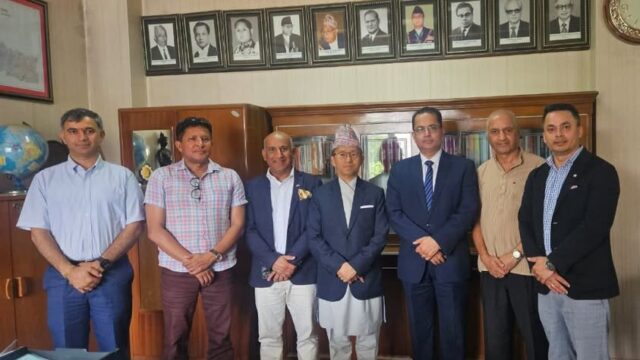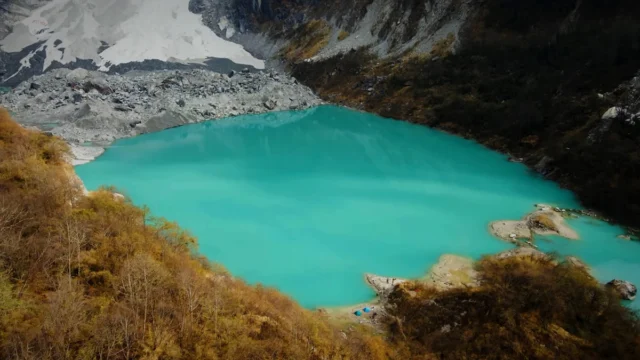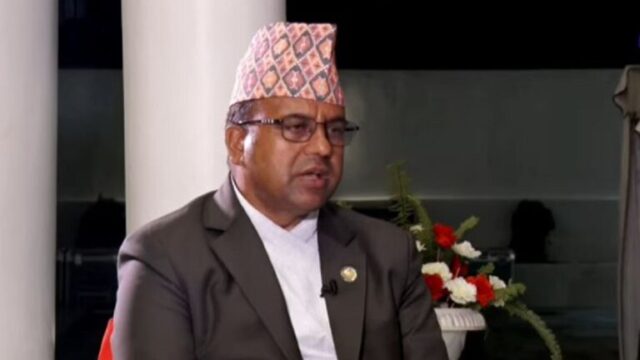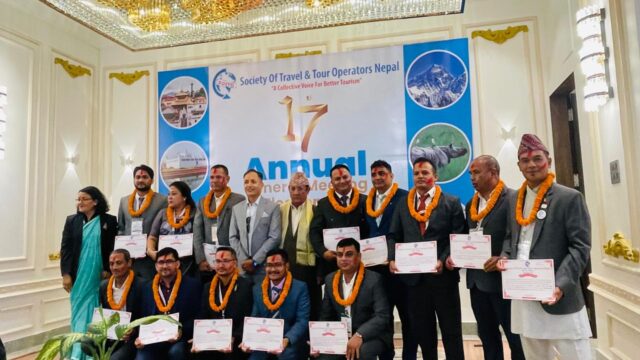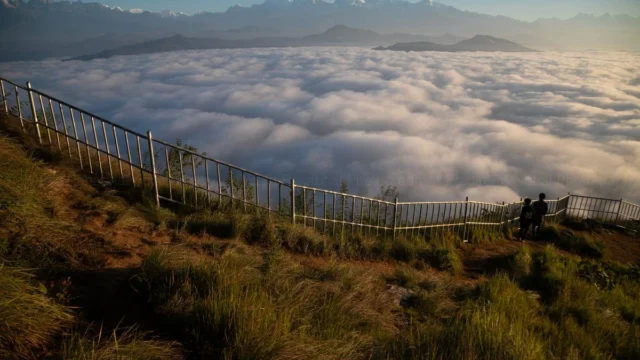Tourism is increasingly being recognized as a crucial pillar for Nepal’s economic development, alongside energy and agriculture. This sentiment was echoed at the Hotelier Summit held last Friday, where participants unanimously agreed that transformative changes in the national economy could be achieved through the strategic development of the tourism sector.
The summit, organized by Capital Nepal Business magazine, brought together government officials, industrialists, tourism entrepreneurs, and policymakers. These speakers highlighted tourism as a vital engine for driving Nepal toward economic prosperity.
Prominent industrialist and parliamentarian, Binod Chaudhary, emphasized the significant potential of tourism to reshape Nepal’s economic landscape. “The tourism and hotel industry must be prioritized if we are to catalyze substantial economic growth,” Chaudhary remarked. He further stressed the importance of developing hotel infrastructure to meet international standards, arguing that uniquely designed hotels reflecting Nepalese culture and heritage could attract millions of foreign tourists. Nepal’s diverse natural landscapes, rich cultural traditions, and historical and religious sites are significant tourist draws.
Before the COVID-19 pandemic, Nepal welcomed 1.2 million foreign tourists. The government now aims to surpass this figure, setting a target of 1.6 million foreign visitors for the ongoing fiscal year. Additionally, it has launched an ambitious “Tourism Decade” initiative, spanning from 2023 to 2032, to attract 3.5 million tourists annually.
The steady influx of foreign tourists in recent years indicates strong growth in the sector. Official statistics from the Ministry of Culture, Tourism, and Civil Aviation revealed that Nepal received 1.19 million tourists in 2019, 1.17 million in 2018, and 940,218 in 2017. In 2023, 1.48 million foreign tourists visited Nepal, while in the first eight months of 2024 alone, 720,334 tourists were recorded.
Significant investment in the hotel sector has further bolstered tourism development. The Hotel Association Nepal (HAN) reported that investments equal to nearly Nepal’s entire annual budget have been made in the hotel industry. Major international hotel chains such as Marriott, Hilton, and Sheraton have established operations in Nepal, solidifying the country’s reputation as a premier travel destination.
Basanta Raj Mishra, Chairperson of the Temple Tiger Group of Company, emphasized the need for further infrastructure development, particularly in aviation and communication networks, to fully unlock Nepal’s tourism potential. He pointed out that while international chain hotels and modern technologies have been introduced, the focus must now shift to improving connectivity. “Nepal’s infrastructure has the capacity to welcome 3.5 million tourists annually, yet only around one million currently visit. Enhancing connectivity is essential to boost these numbers,” Mishra stated.
He also called for more effective operation of Nepal’s two new international airports, Pokhara and Gautam Buddha, a stronger national flag carrier (NAC), and intensified international marketing efforts.
Tourism entrepreneurs are optimistic about the sector’s immense potential. With peace, stable politics, and a strong government, stakeholders agree that Nepal is well-positioned to capitalize on the growing global interest in its tourism offerings.
